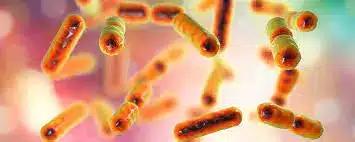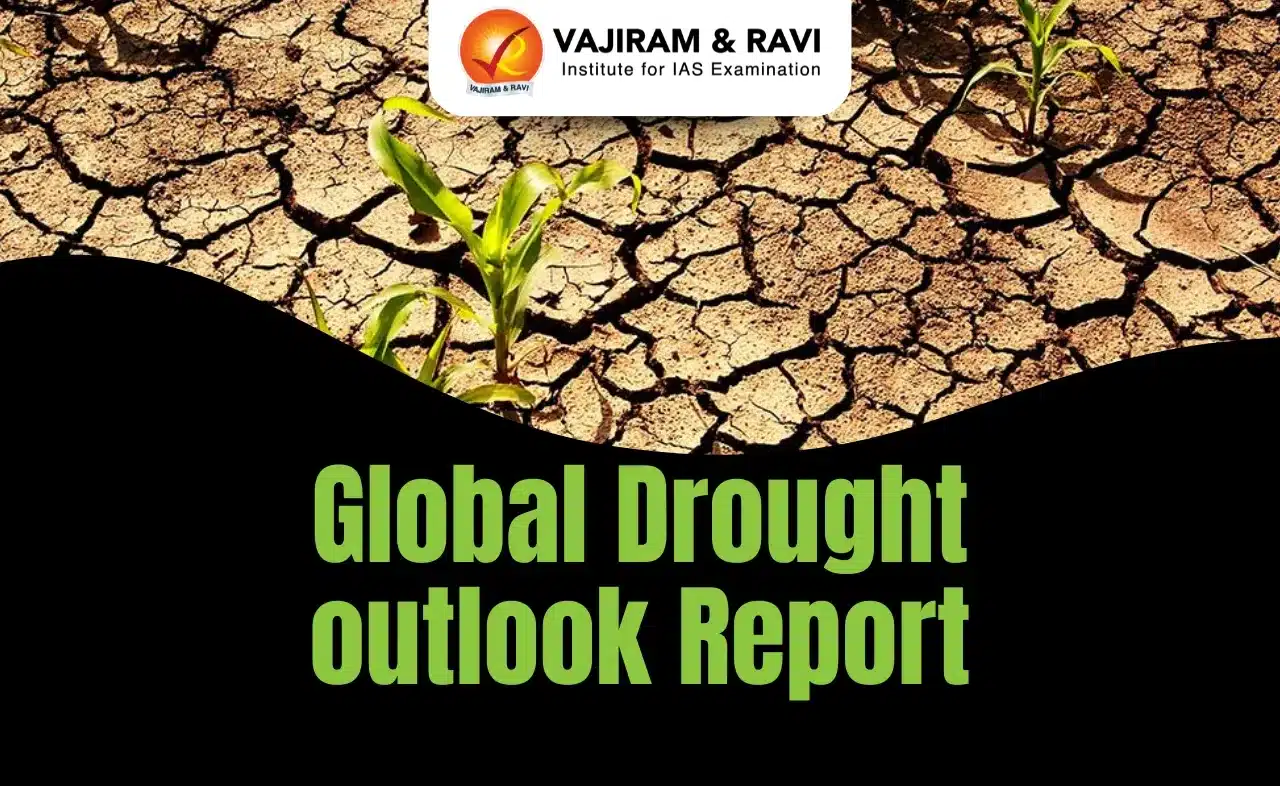About Mitochondrial coxiella effector F (MceF):
- It is a bacterial protein capable of keeping human cells healthy even when the cells have a heavy bacterial burden.
- It is produced by Coxiella burnetii, a Gram-negative intracellular bacterium.
- After invading host cells, Coxiella burnetii releases MceF into cells.
- MceF interacts with glutathione peroxidase 4 (GPX4), an anti-oxidant enzyme located in the mitochondria, to improve mitochondrial function by promoting an anti-oxidizing effect that averts cell damage and death, which may occur when pathogens replicate inside mammalian cells.
Key Facts about Coxiella burnetii:
- It is a Gram-negative intracellular bacterium.
- It is the causative agent of a serious infection called Q fever, a zoonotic disease that can affect humans and animals.
- The bacterium is primarily transmitted to humans through the inhalation of contaminated aerosols from infected animals, particularly through the air-borne particles from placental tissues, urine, feces, and milk of infected domestic animals like cattle, sheep, and goats.
- It causes atypical pneumonia in humans and coxiellosis in some animals, such as cattle, sheep, and goats.
- It is highly adapted to invade and control macrophages and monocytes–white blood cells that are part of the organism’s front-line immune defense–inhibiting the host’s responses to the infection.
· Unlike other bacteria, which cause disease only when they multiply to reach large numbers, a single C. burnetii is enough to make a healthy person sick.
Q1: What is Mitochondria?
Mitochondria are membrane-bound cell organelles (mitochondrion, singular) that generate most of the chemical energy needed to power the cell’s biochemical reactions. Chemical energy produced by the mitochondria is stored in a small molecule called adenosine triphosphate (ATP). Mitochondria contain their own small chromosomes. Generally, mitochondria, and therefore mitochondrial DNA, are inherited only from the mother.
Source:Scientists Have Discovered a Previously Unknown Protein Capable of Keeping Human Cells Healthy
Last updated on June, 2025
→ UPSC Notification 2025 was released on 22nd January 2025.
→ UPSC Prelims Result 2025 is out now for the CSE held on 25 May 2025.
→ UPSC Prelims Question Paper 2025 and Unofficial Prelims Answer Key 2025 are available now.
→ UPSC Calendar 2026 is released on 15th May, 2025.
→ The UPSC Vacancy 2025 were released 1129, out of which 979 were for UPSC CSE and remaining 150 are for UPSC IFoS.
→ UPSC Mains 2025 will be conducted on 22nd August 2025.
→ UPSC Prelims 2026 will be conducted on 24th May, 2026 & UPSC Mains 2026 will be conducted on 21st August 2026.
→ The UPSC Selection Process is of 3 stages-Prelims, Mains and Interview.
→ UPSC Result 2024 is released with latest UPSC Marksheet 2024. Check Now!
→ UPSC Toppers List 2024 is released now. Shakti Dubey is UPSC AIR 1 2024 Topper.
→ Also check Best IAS Coaching in Delhi
























